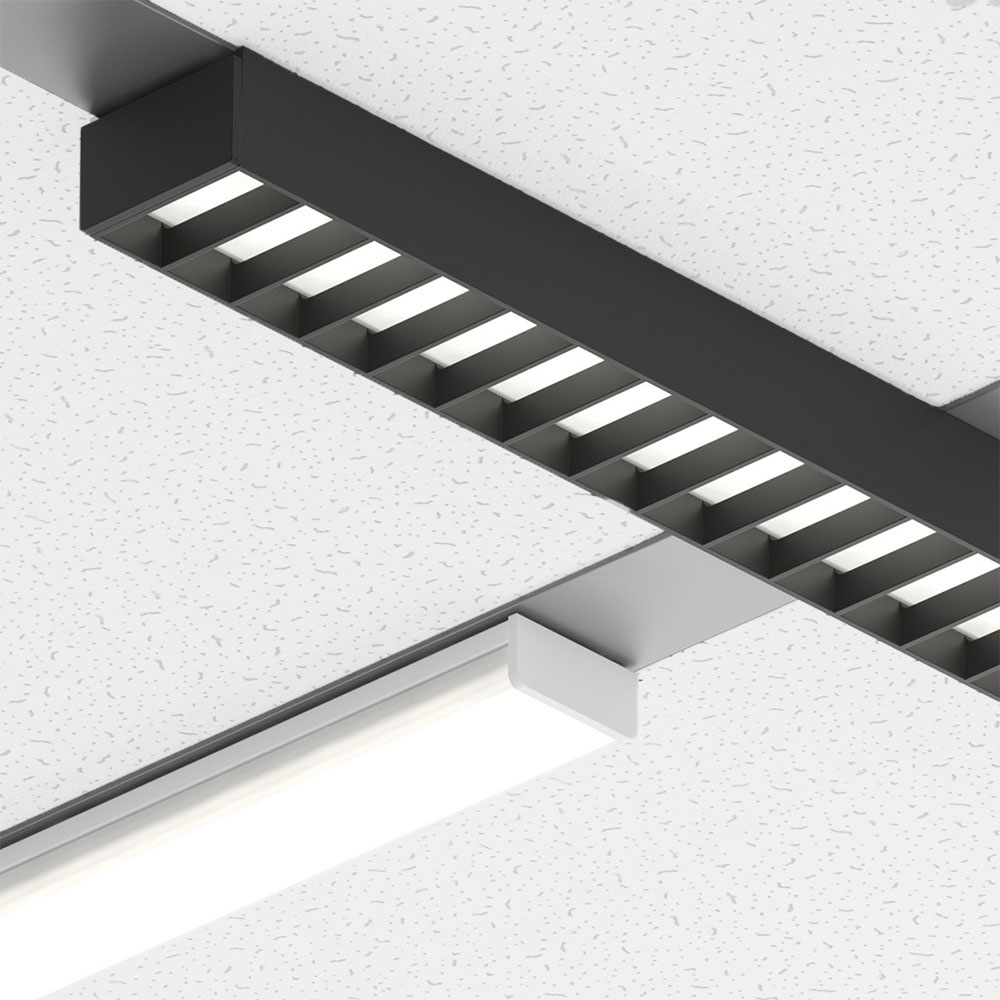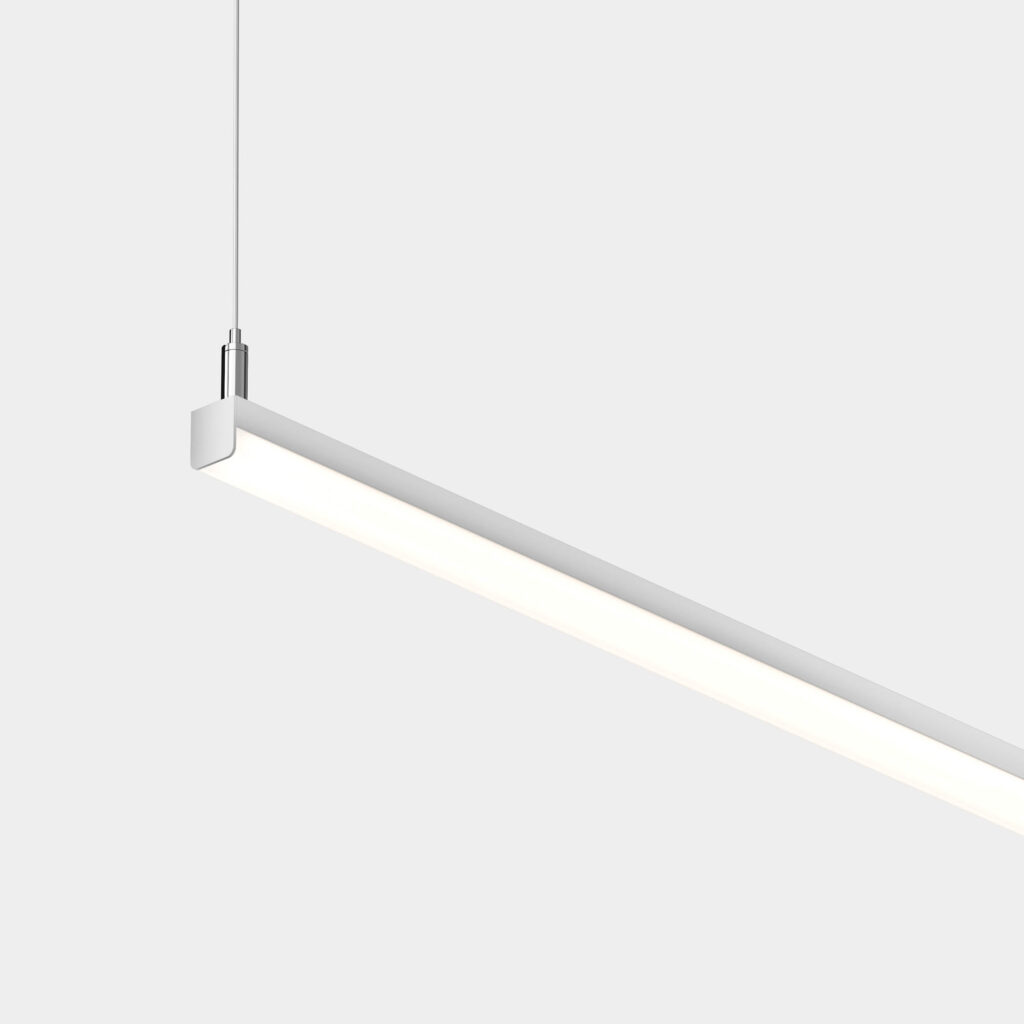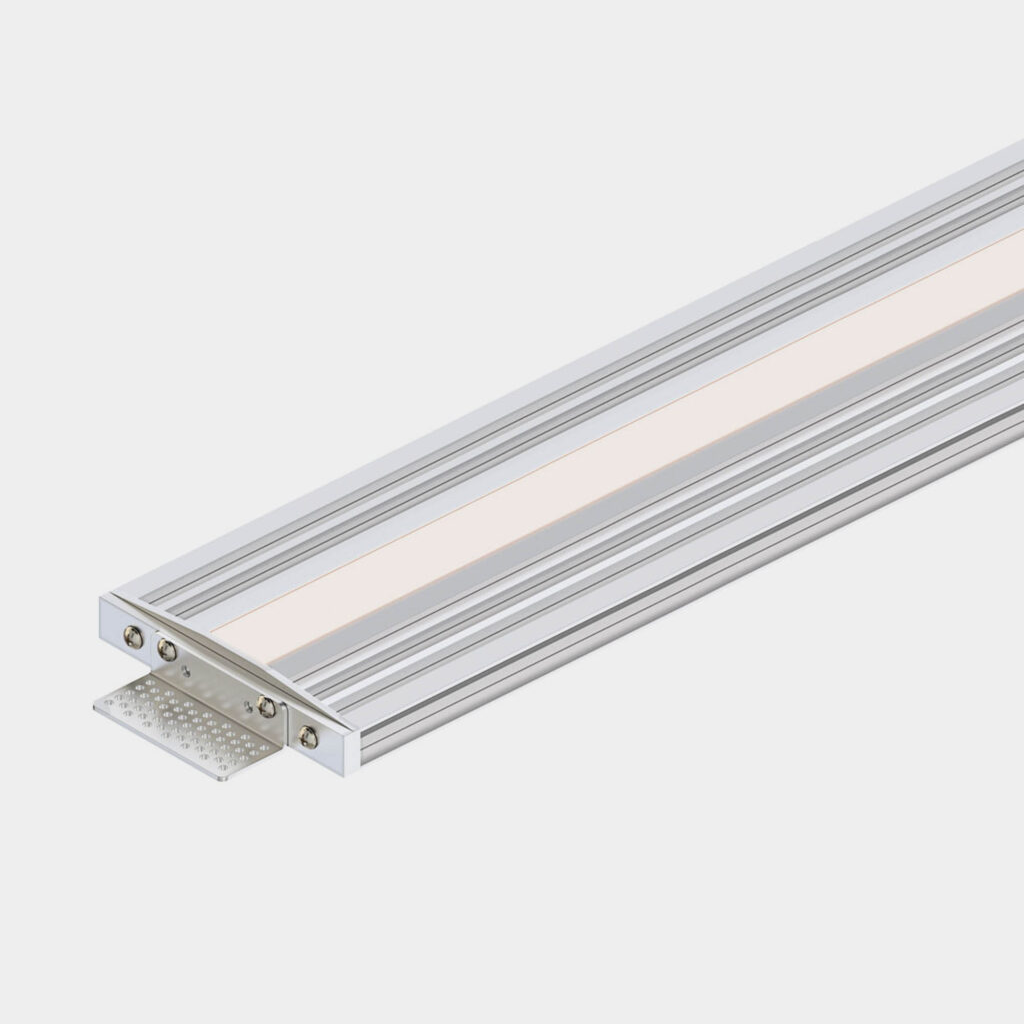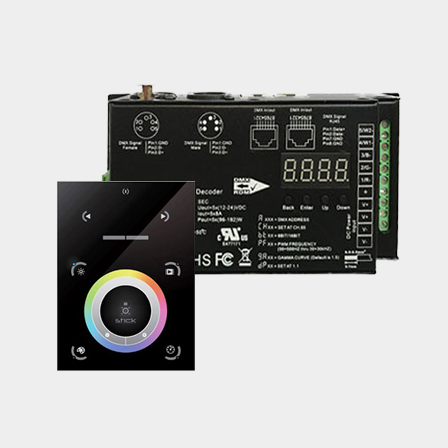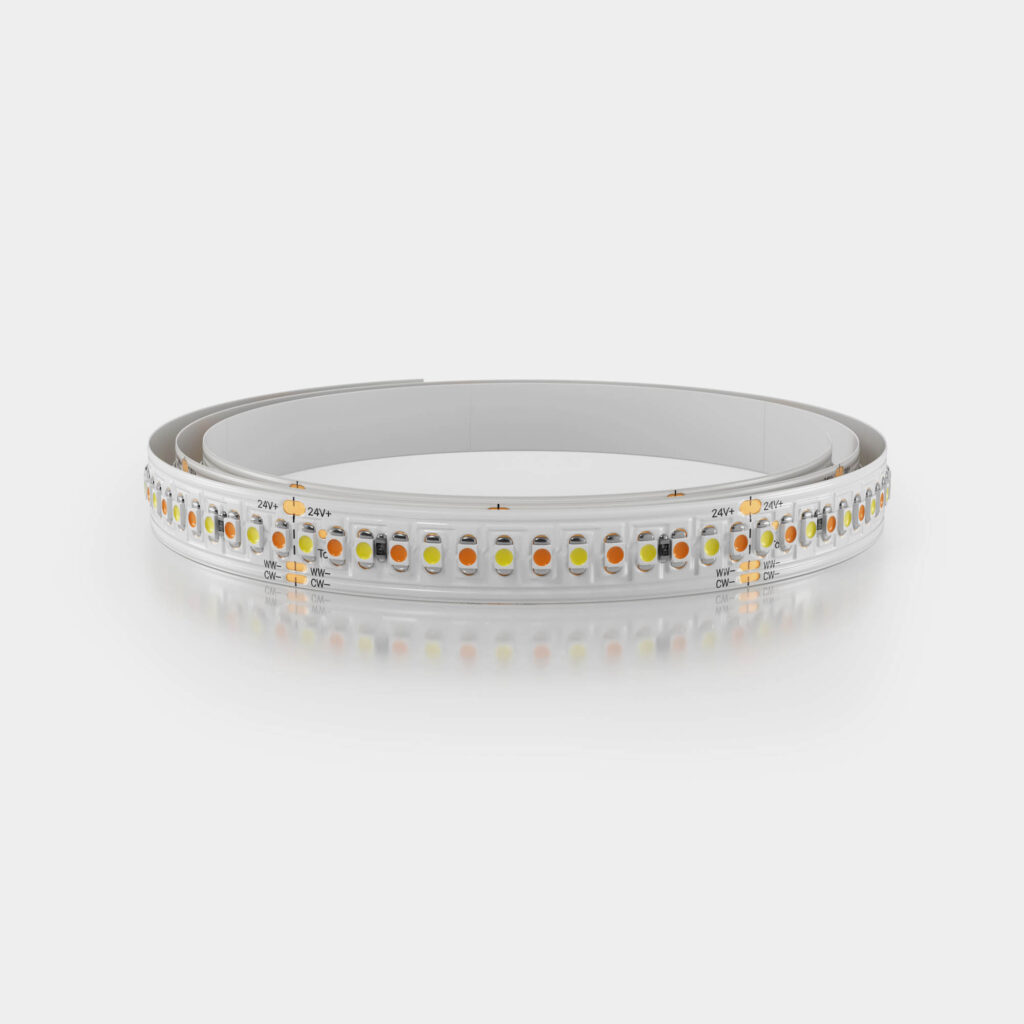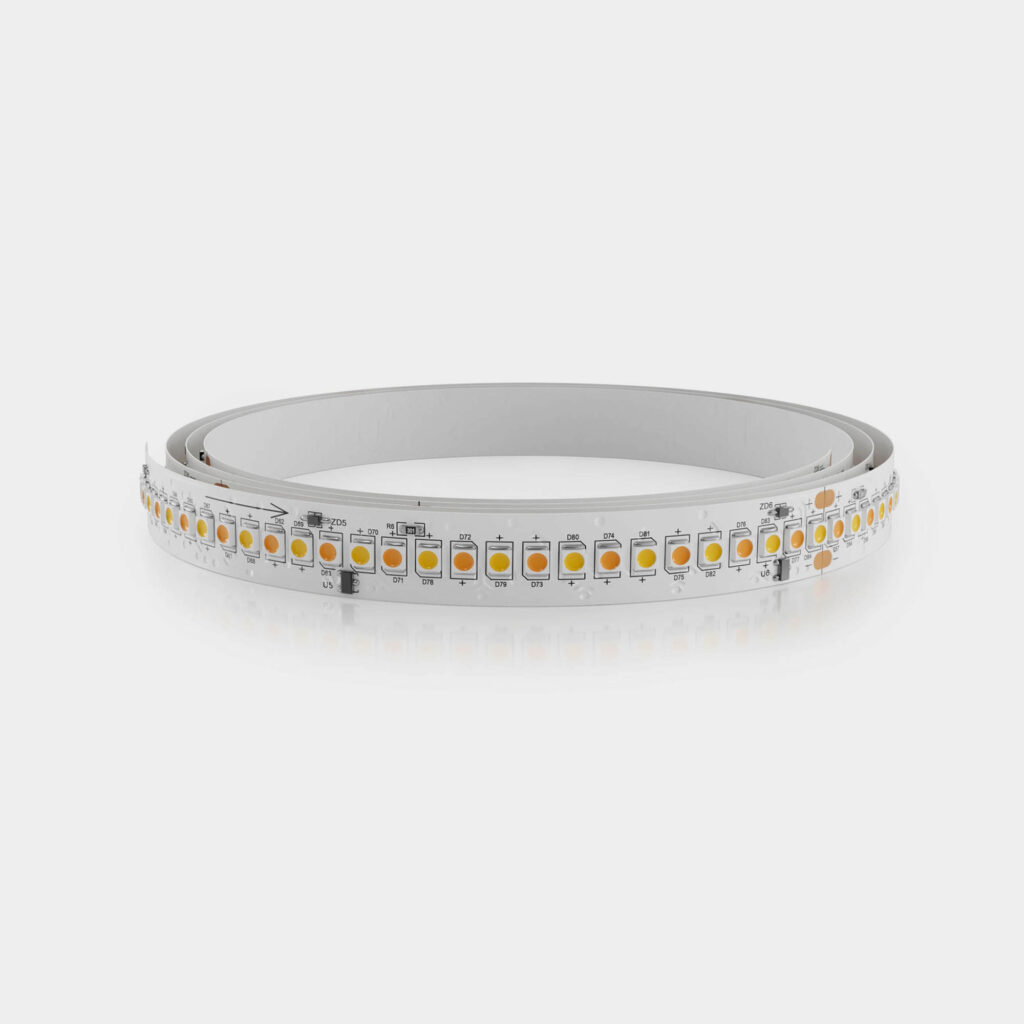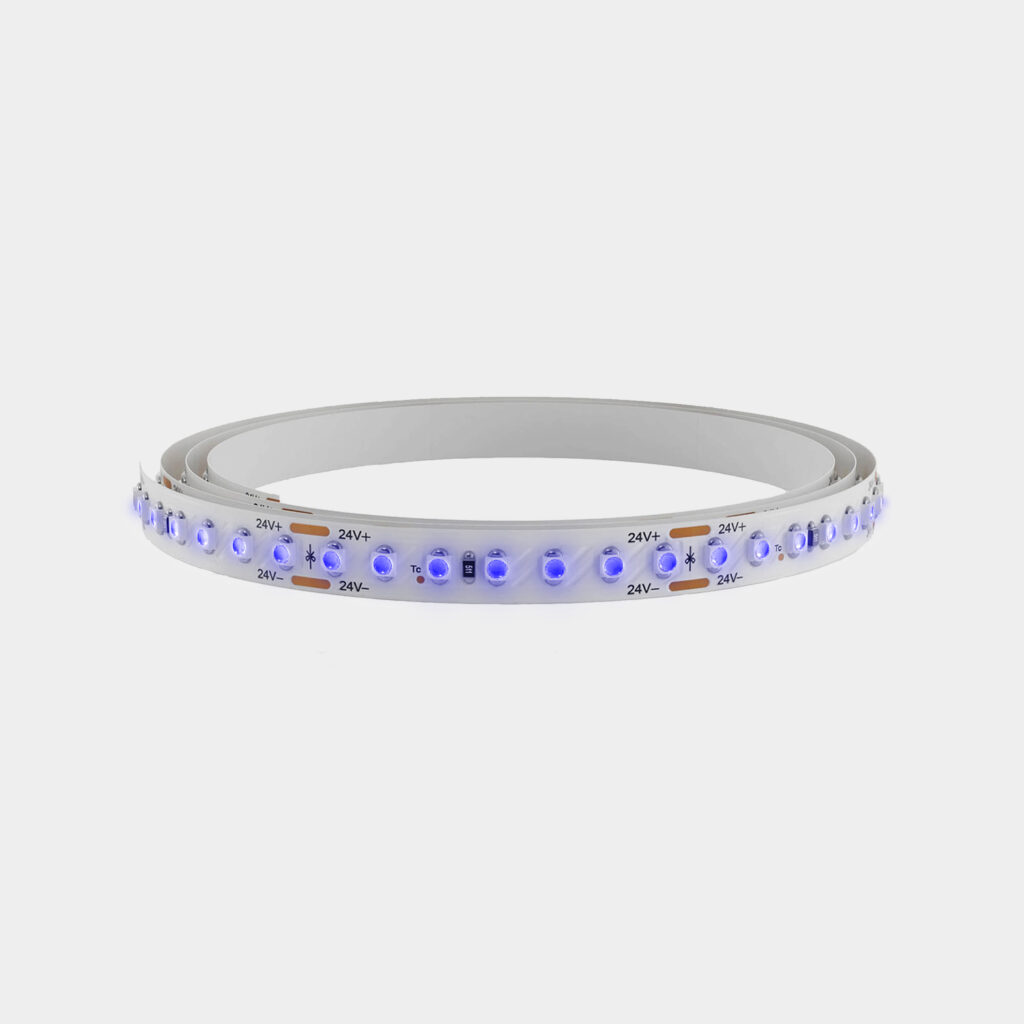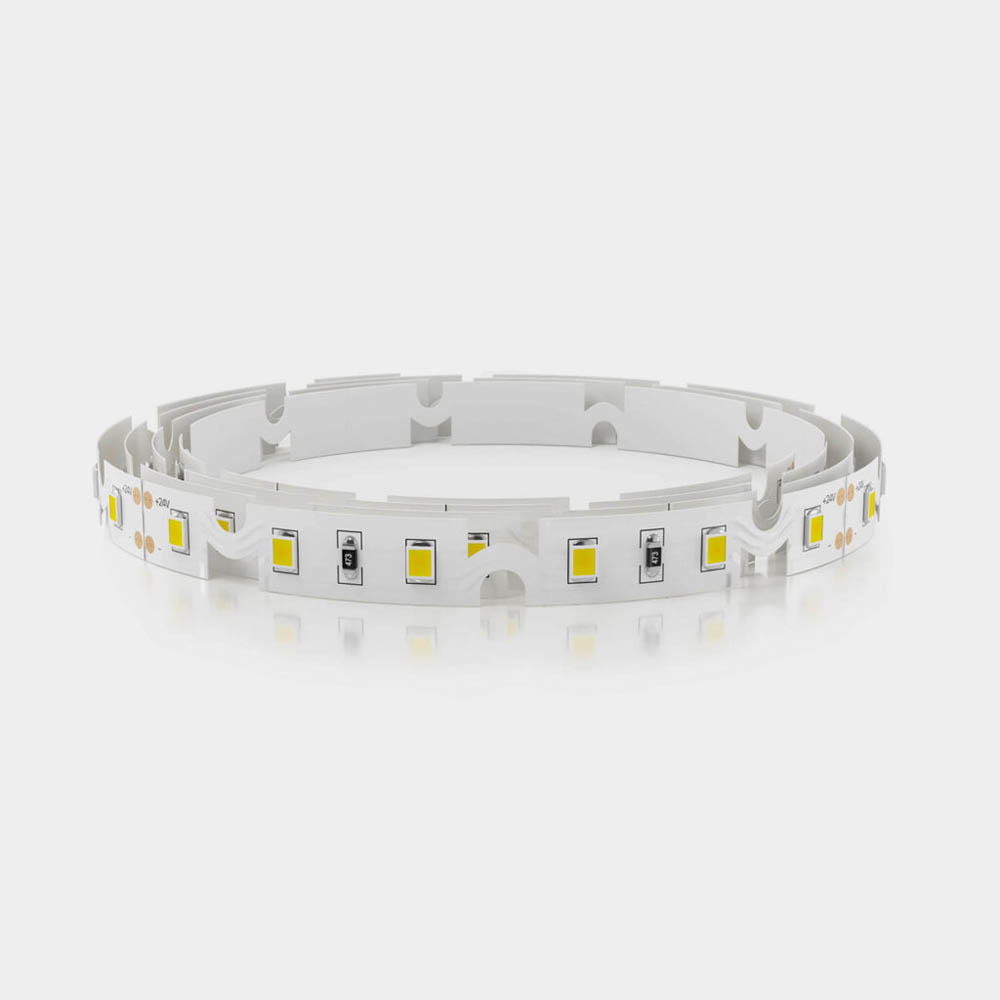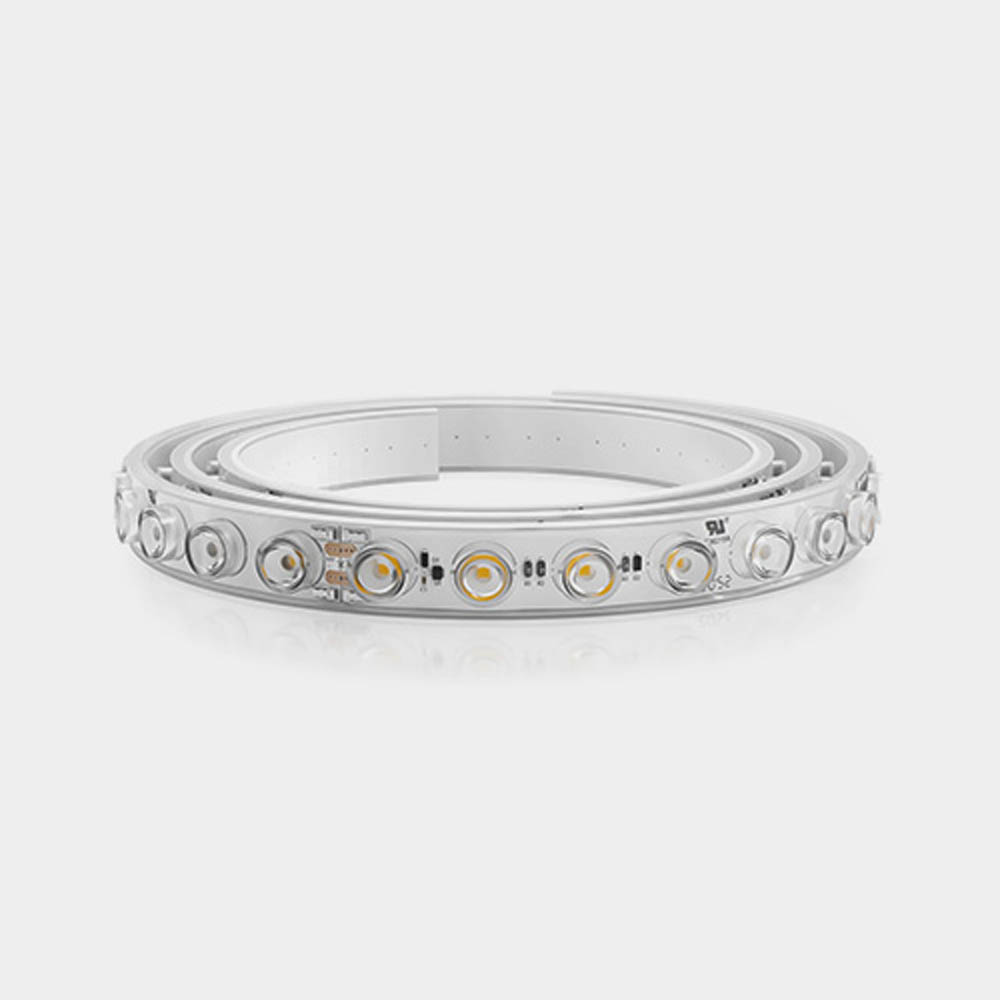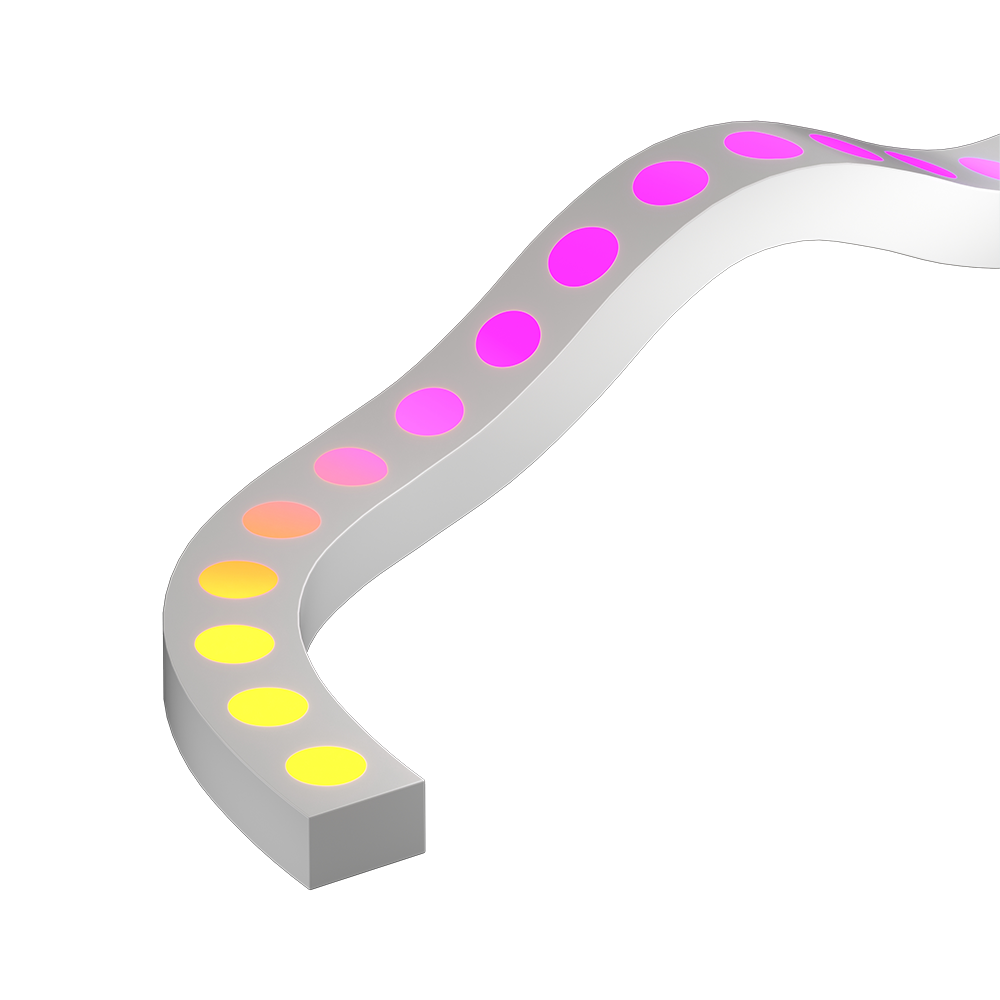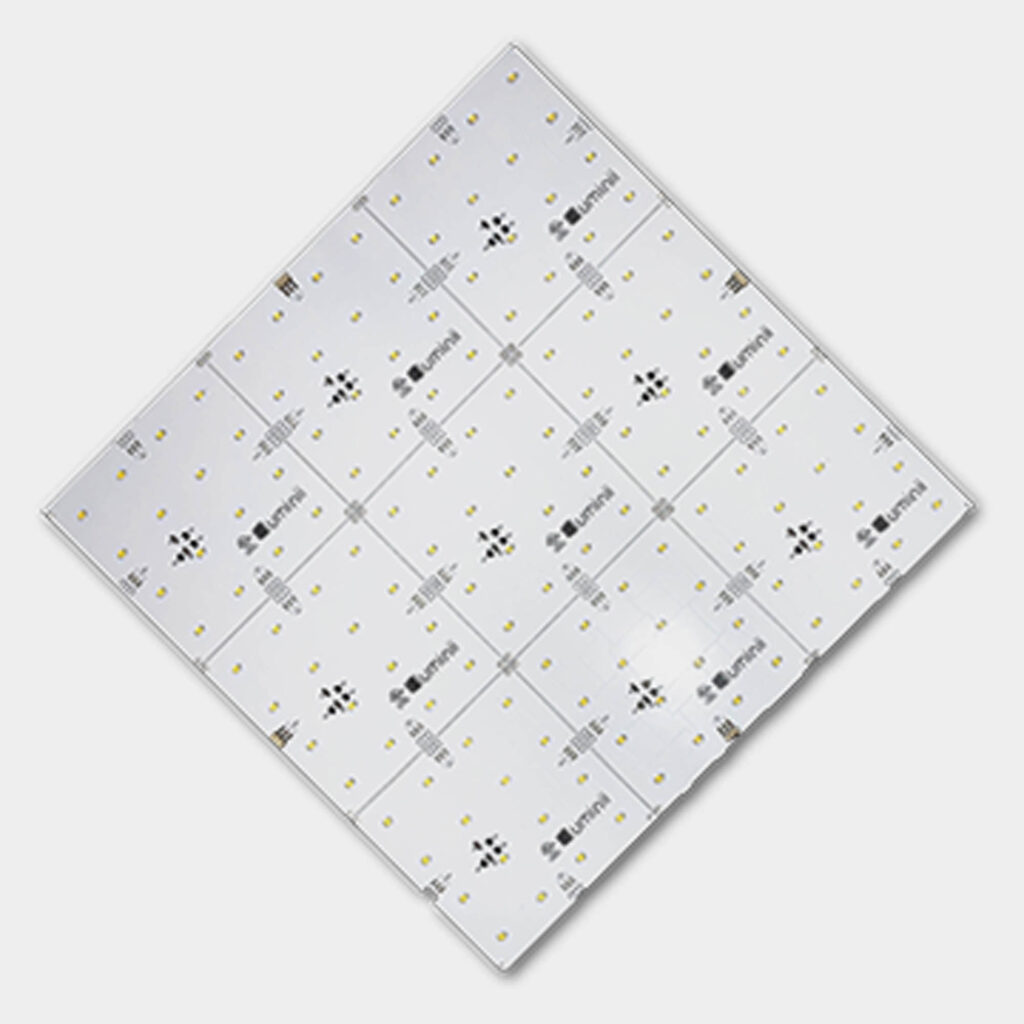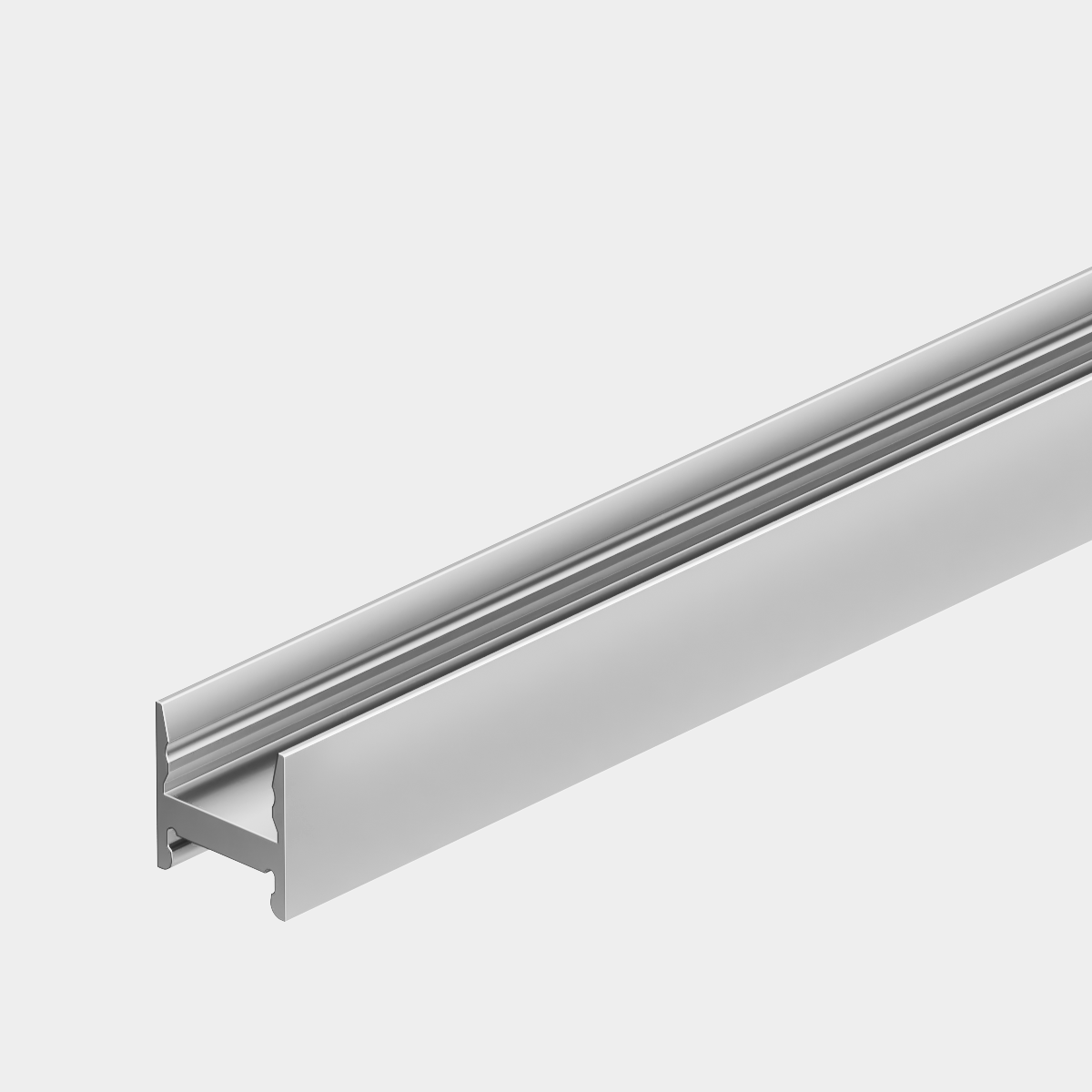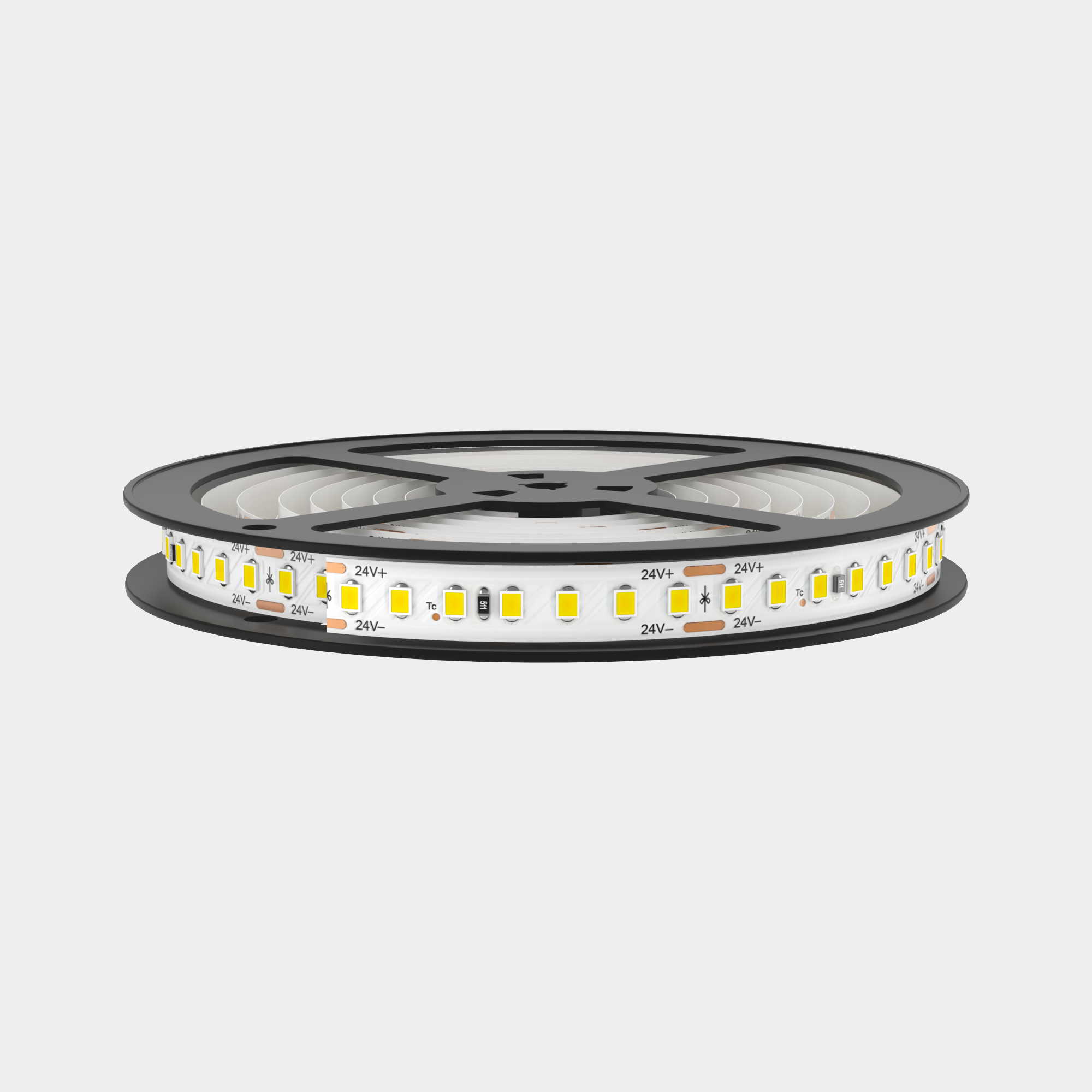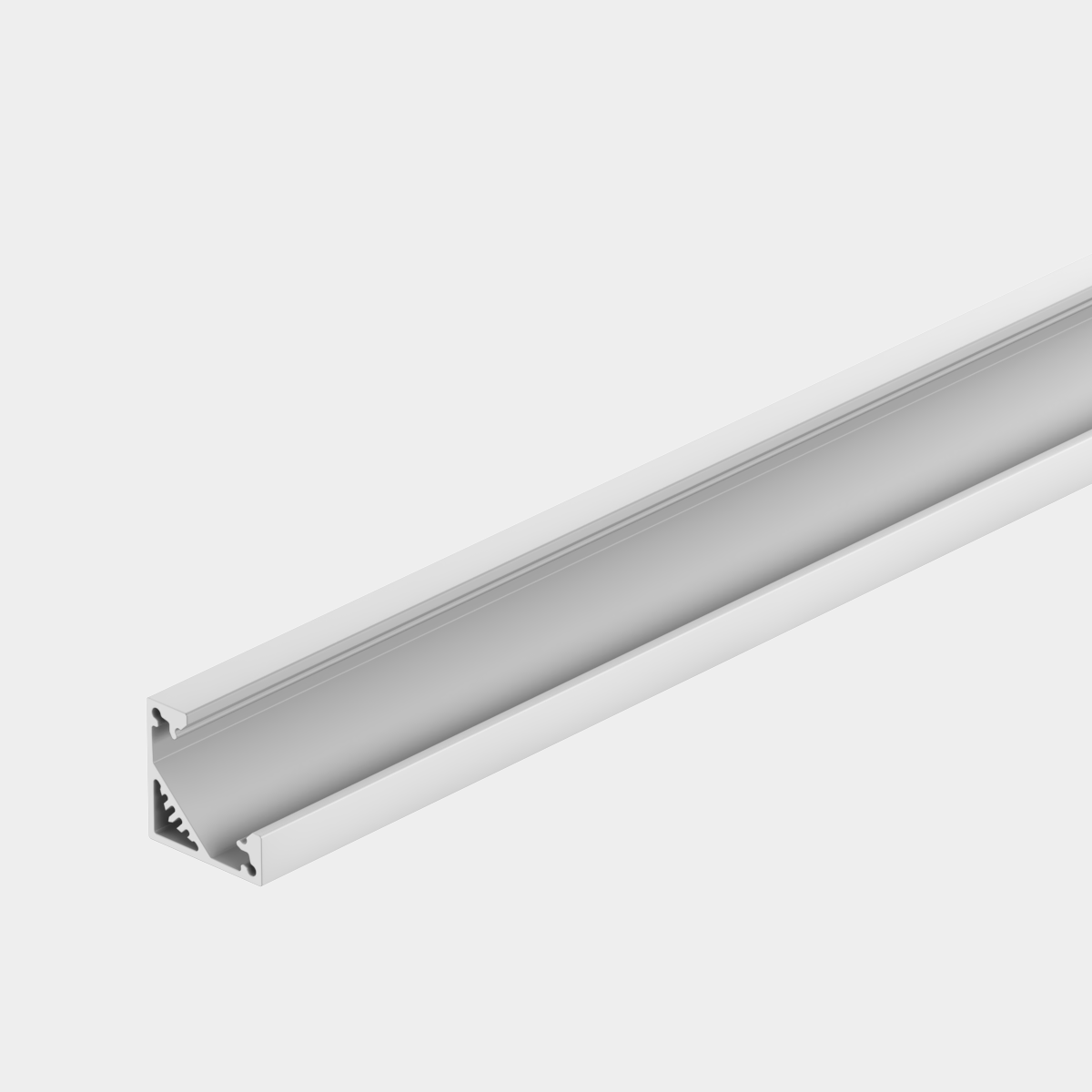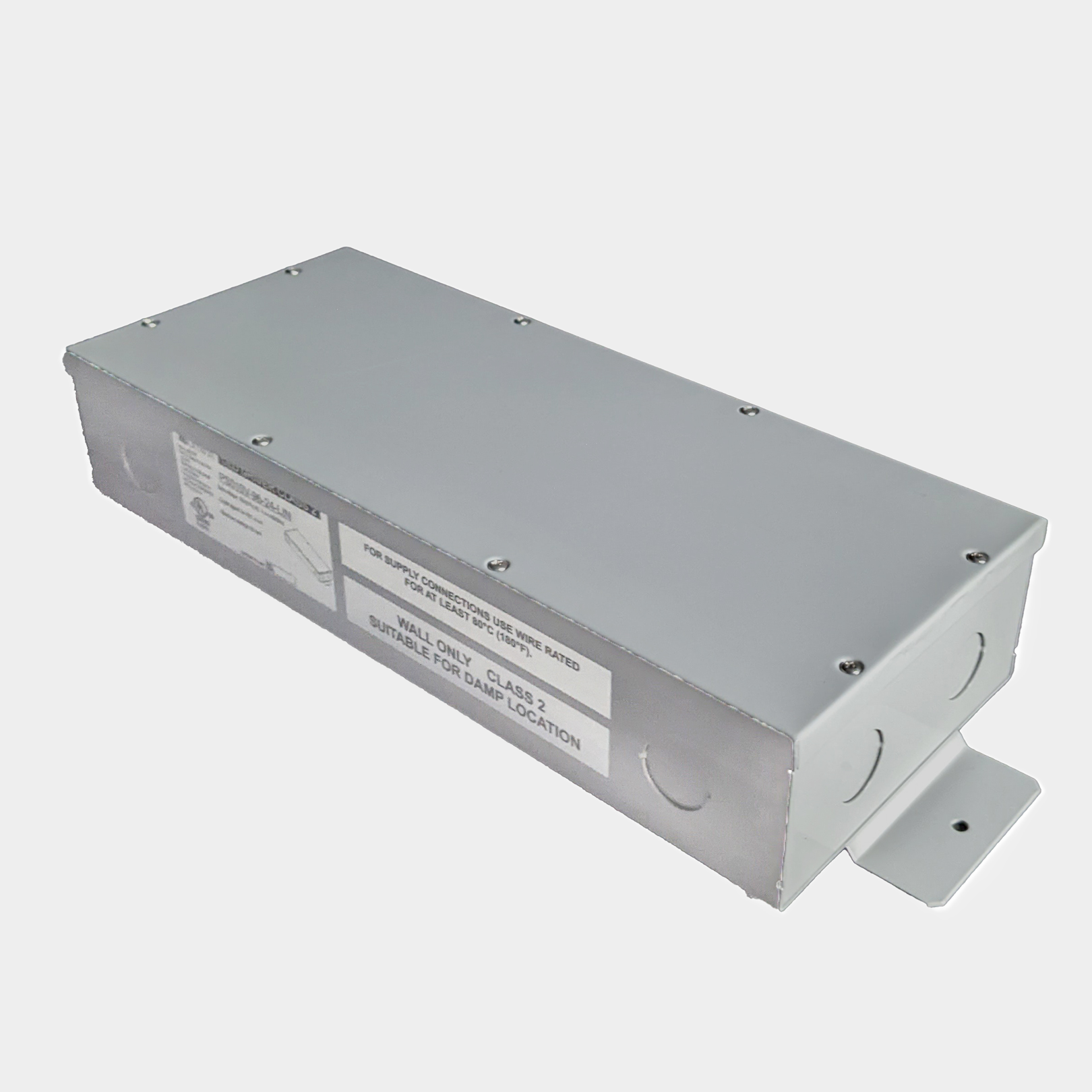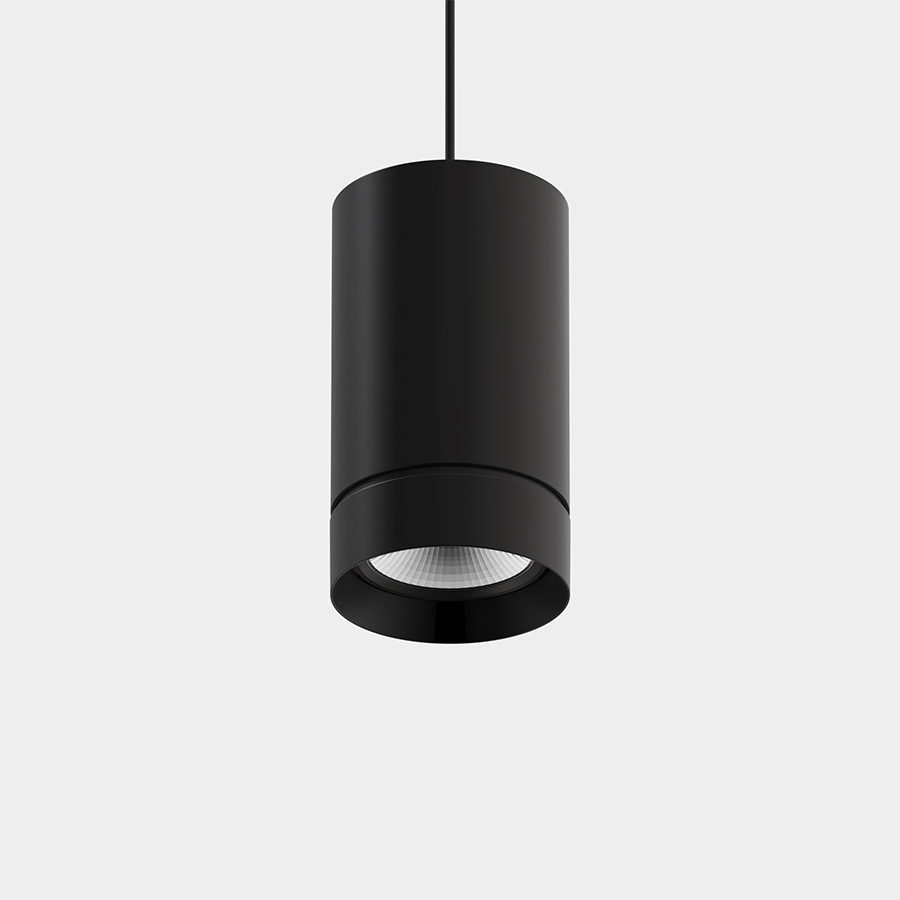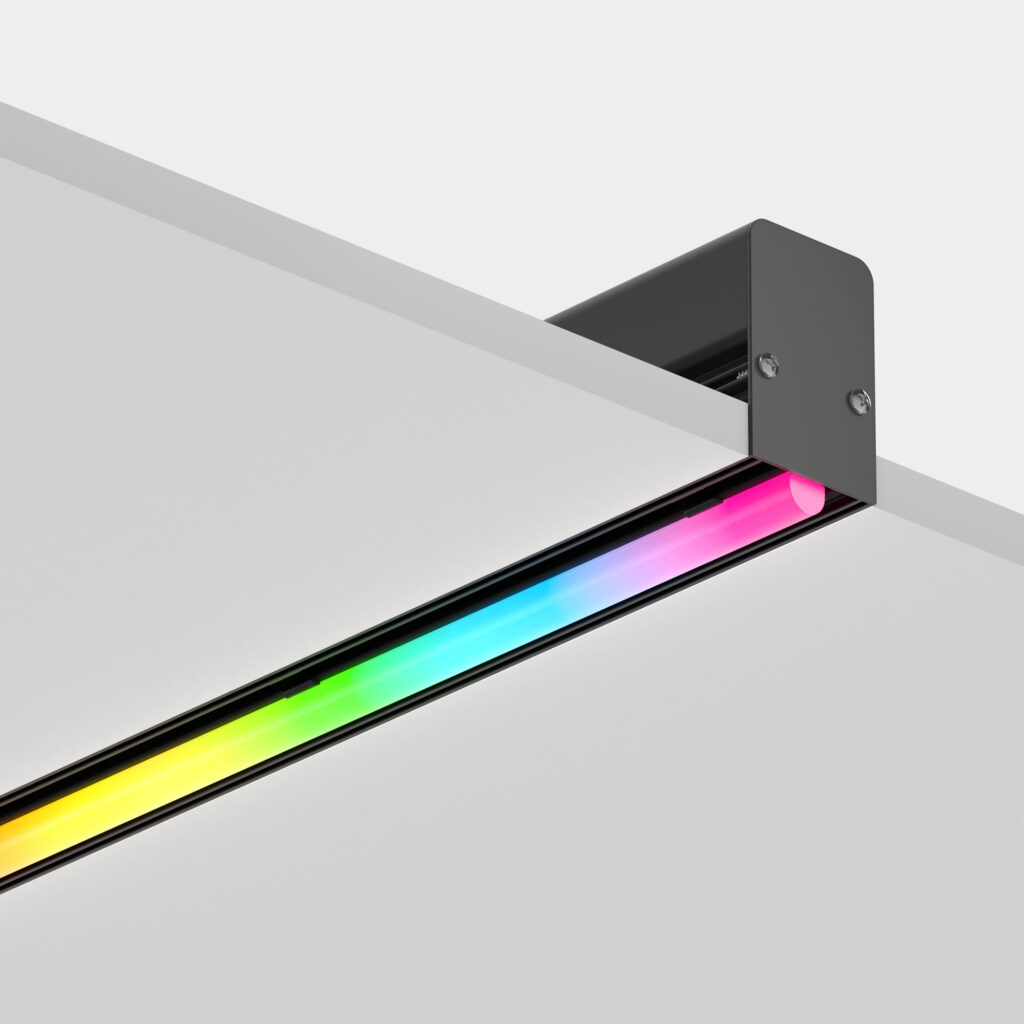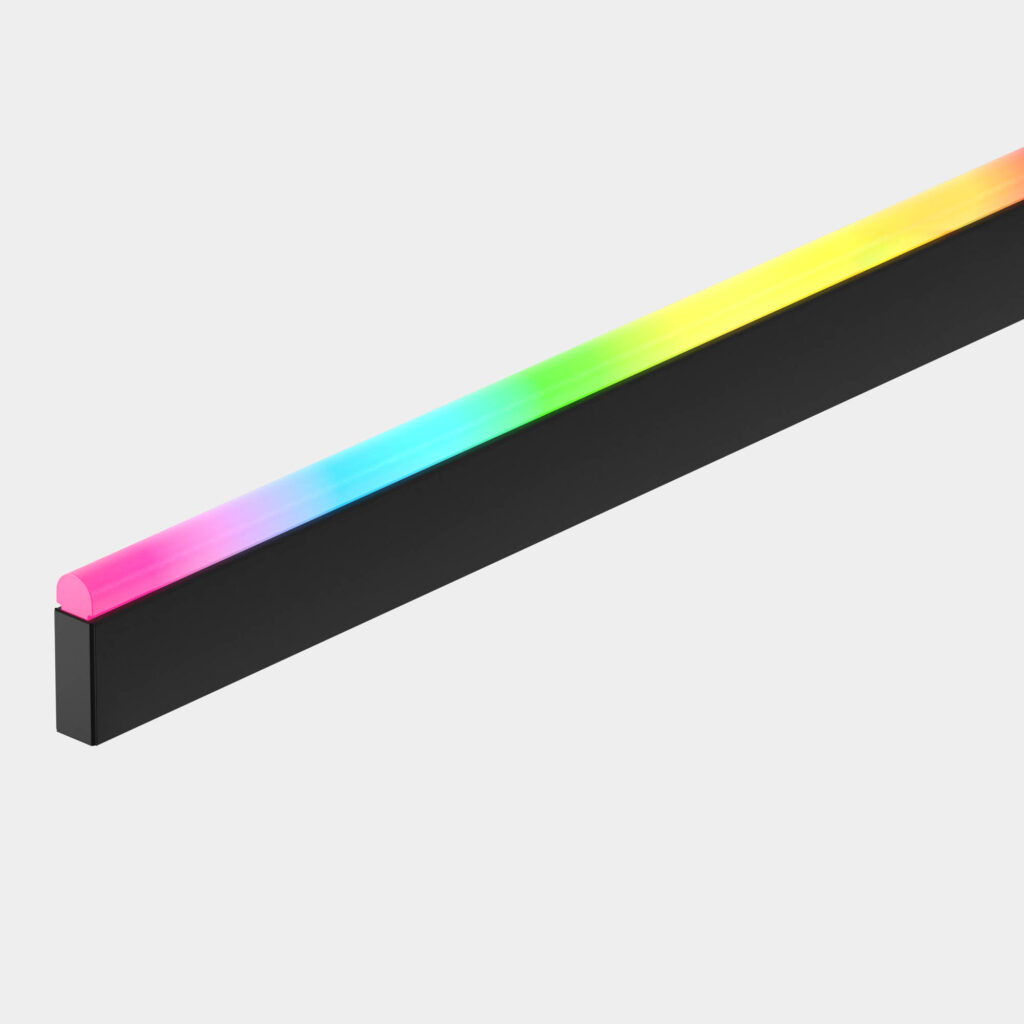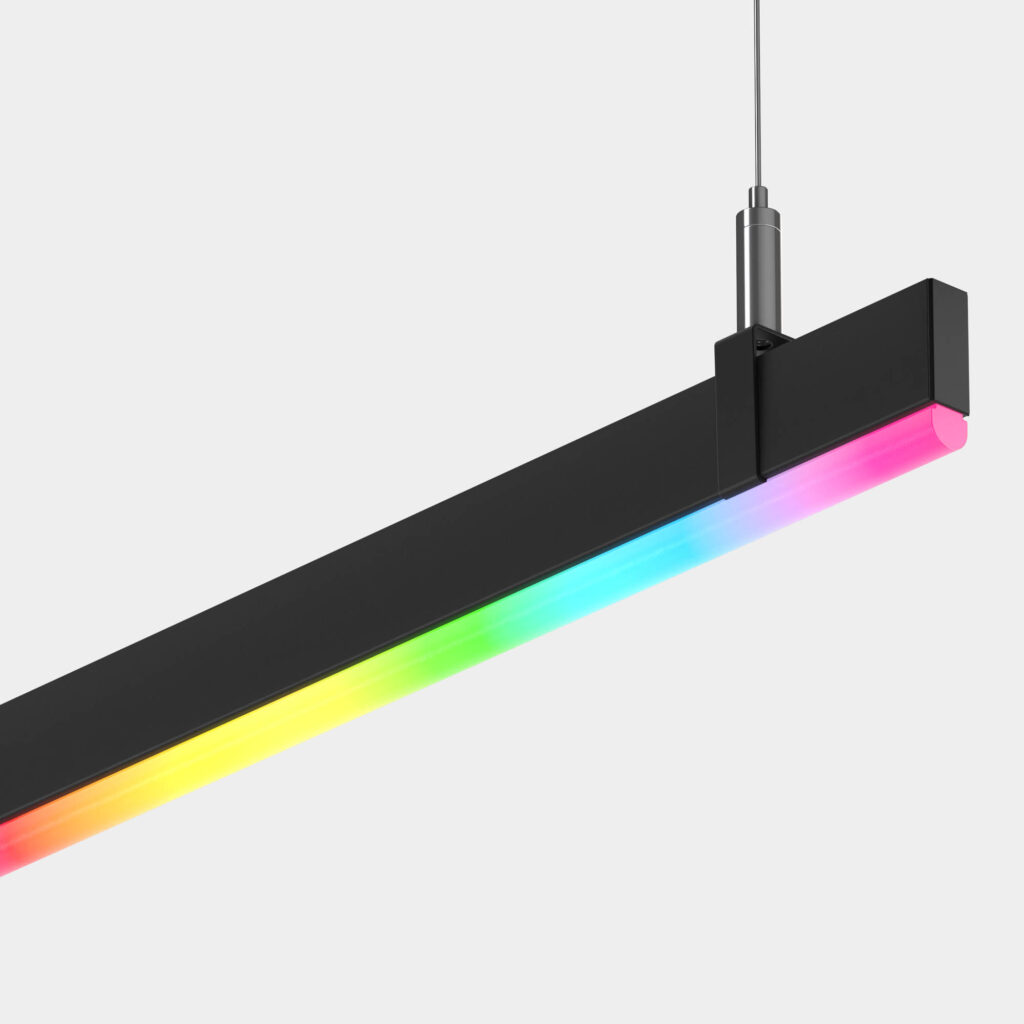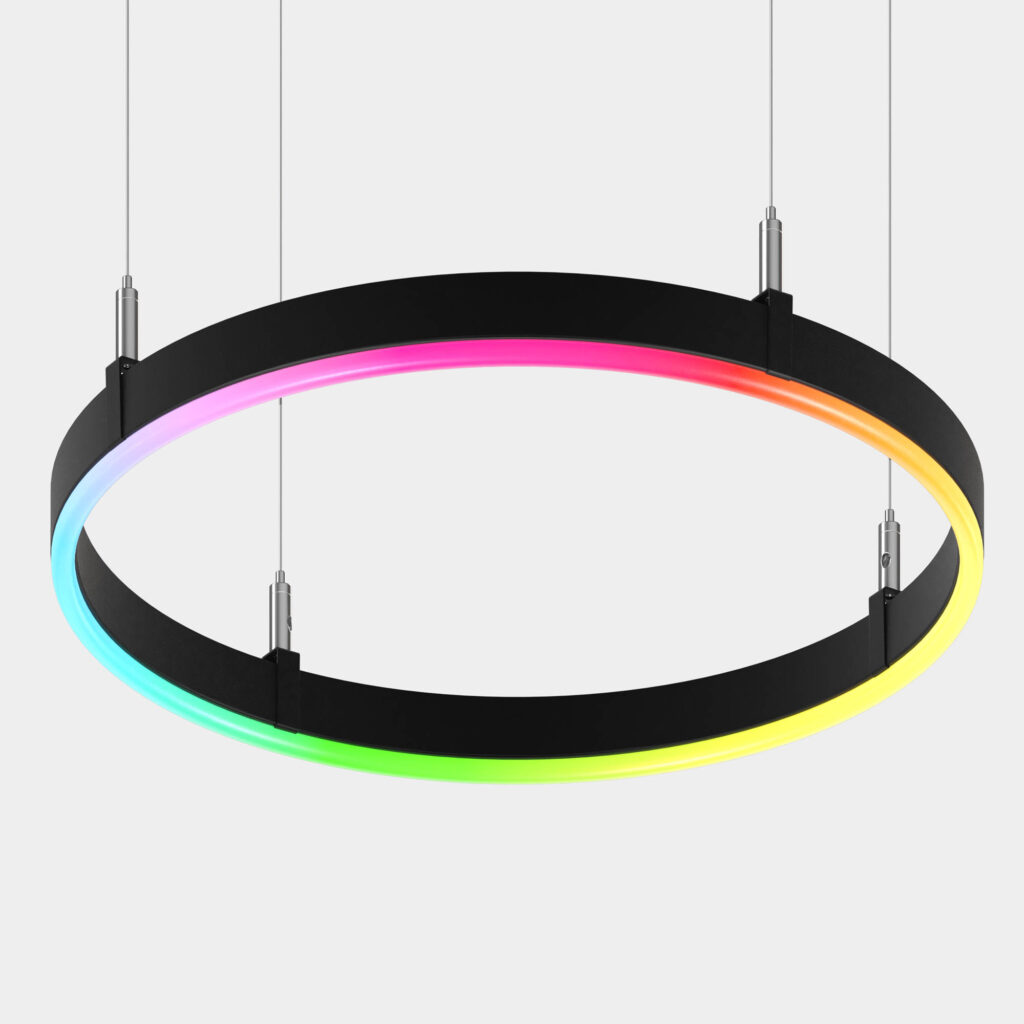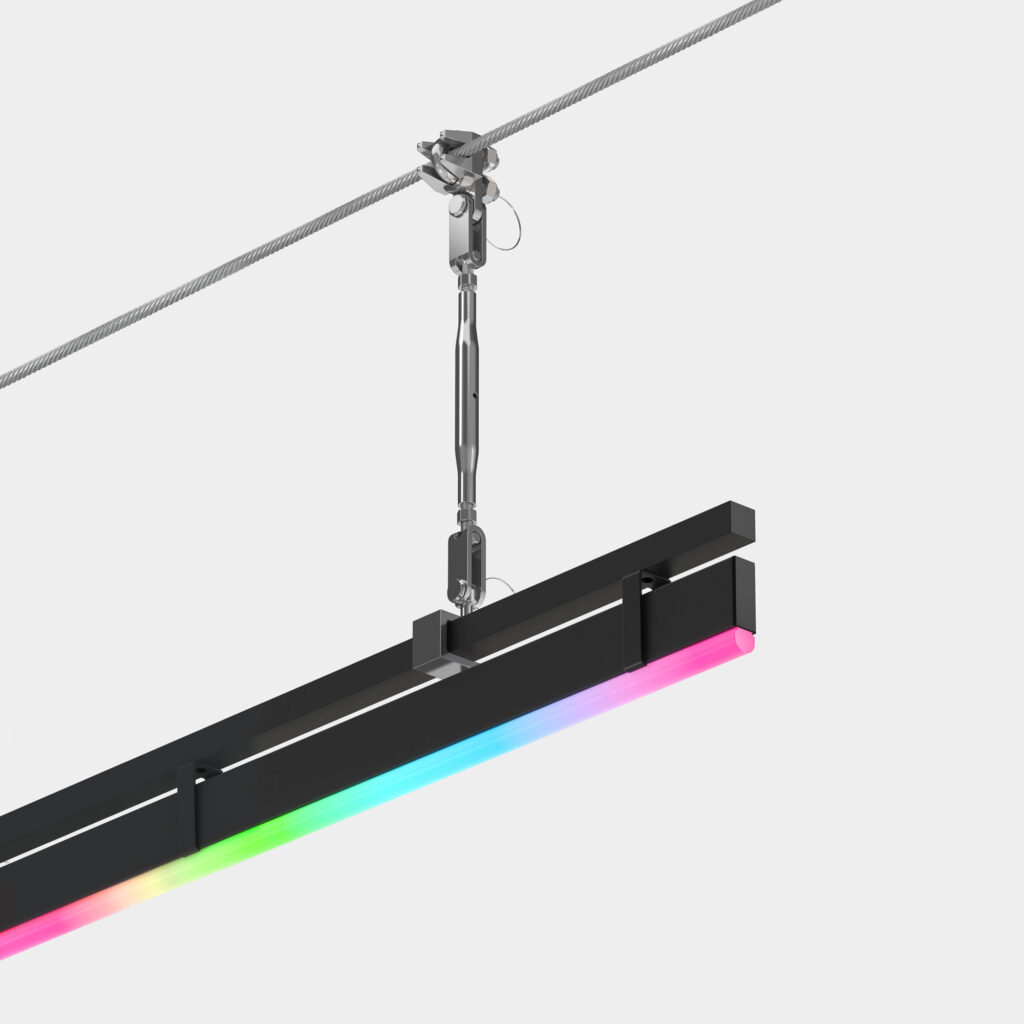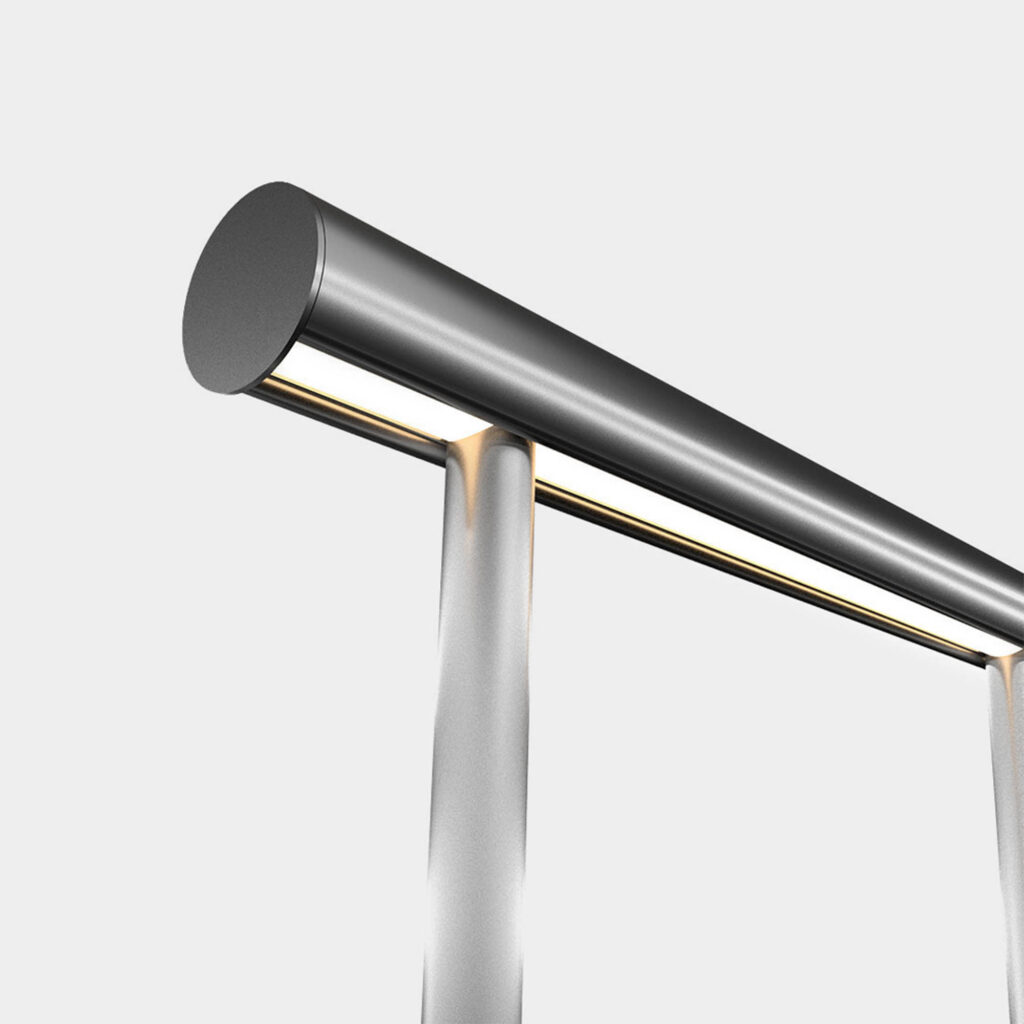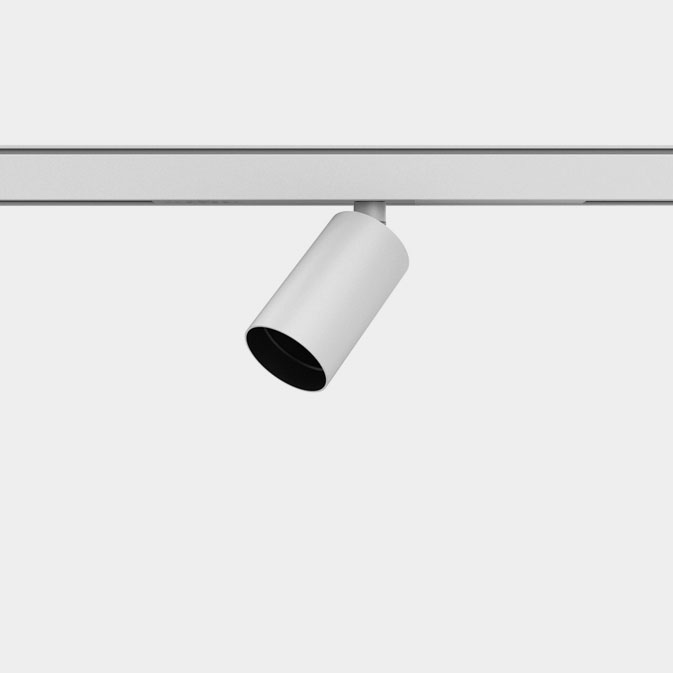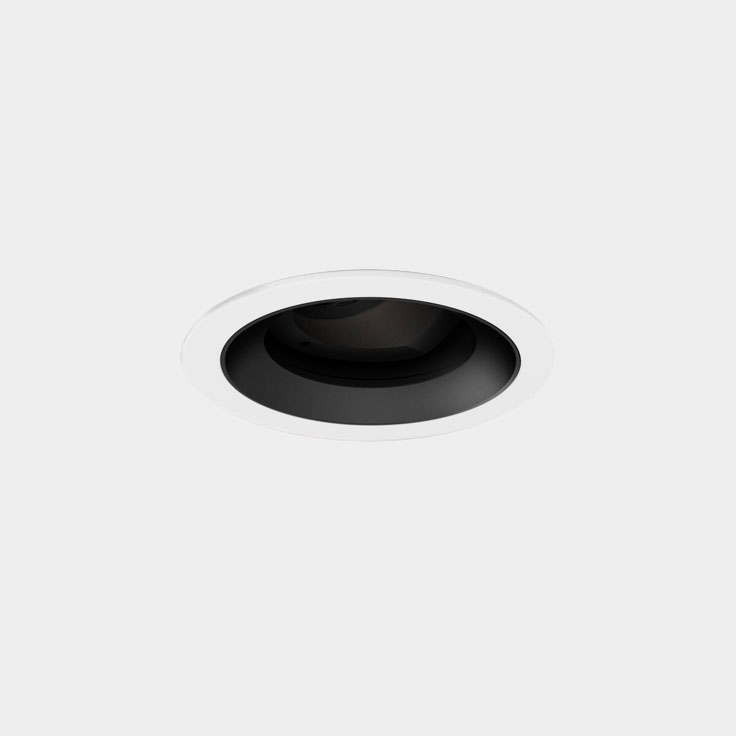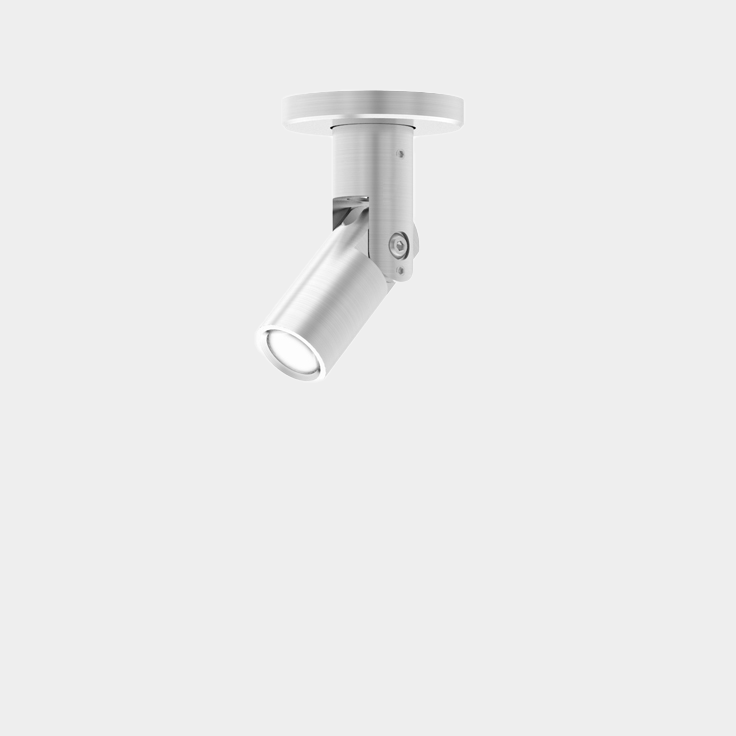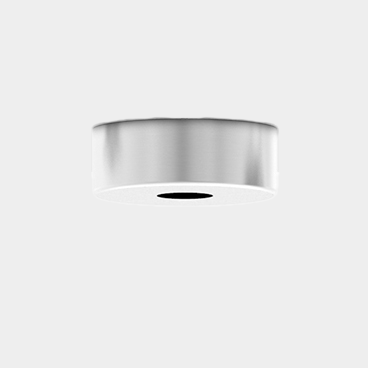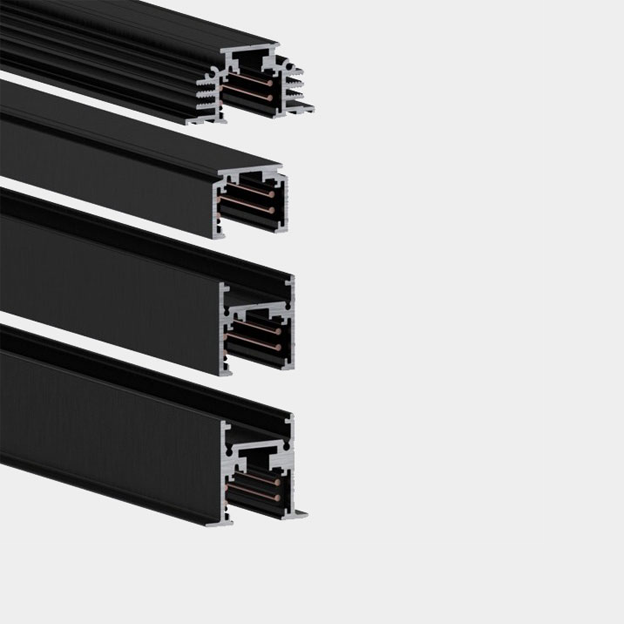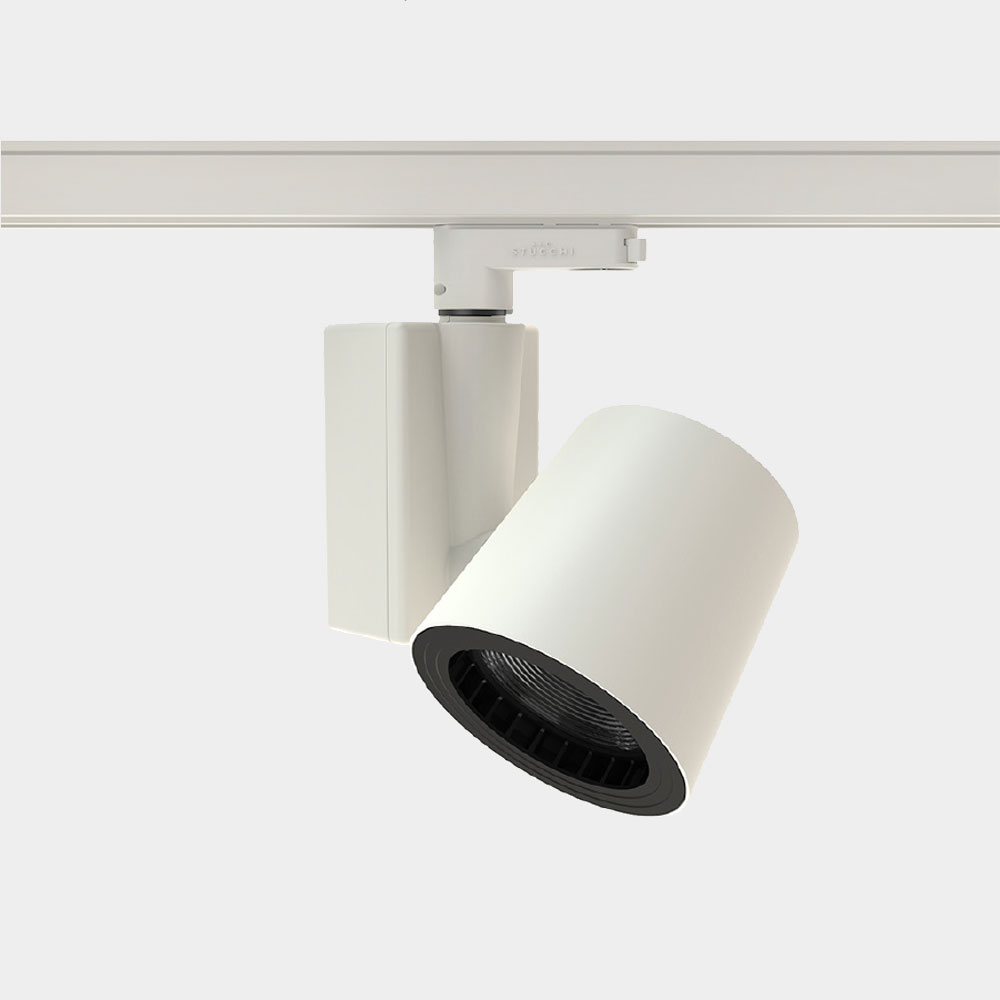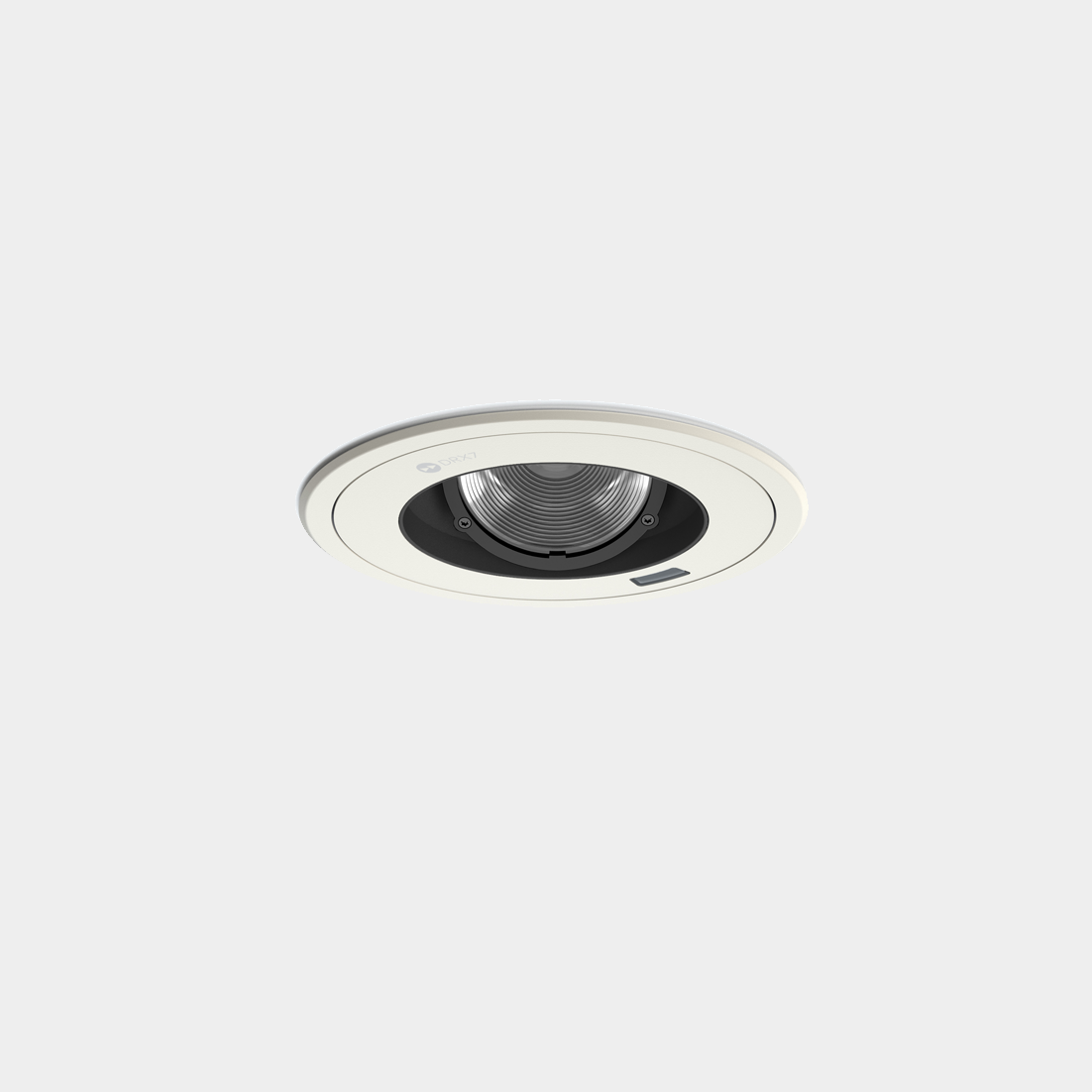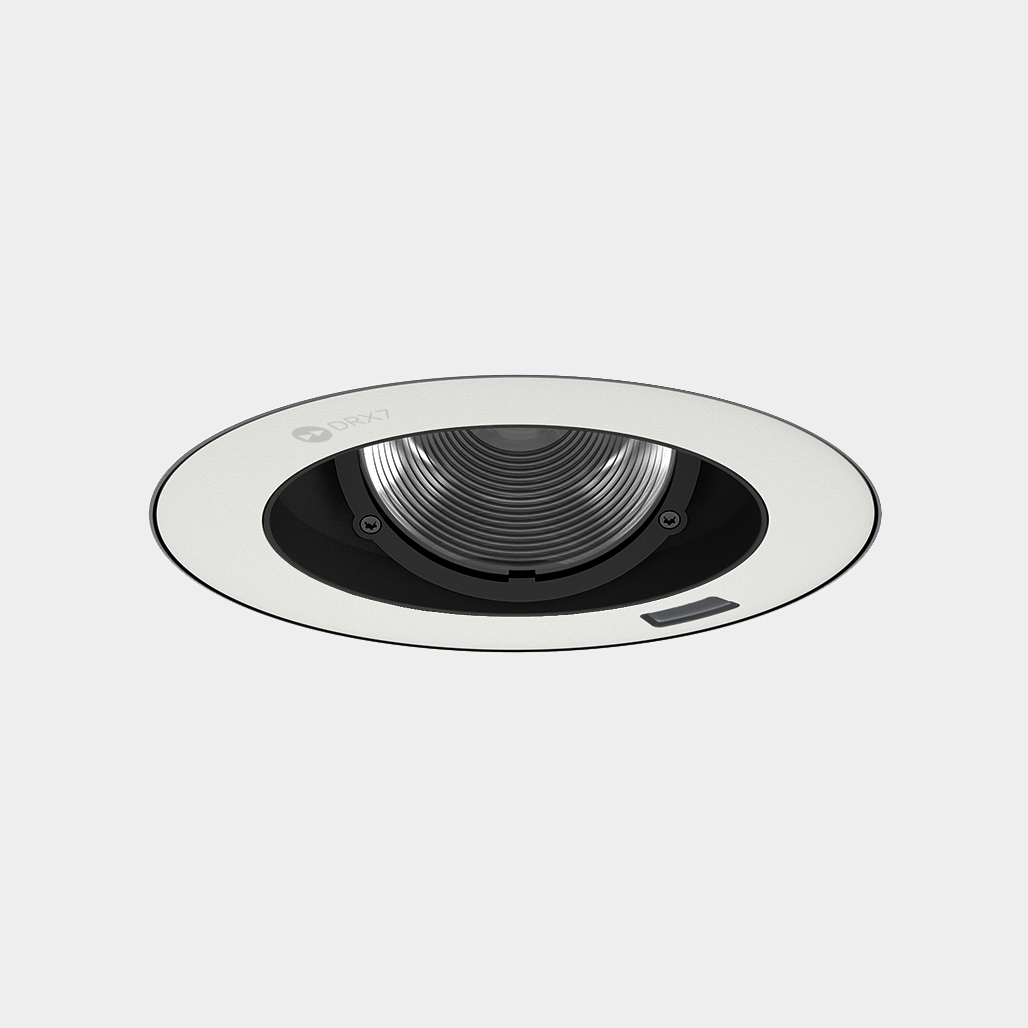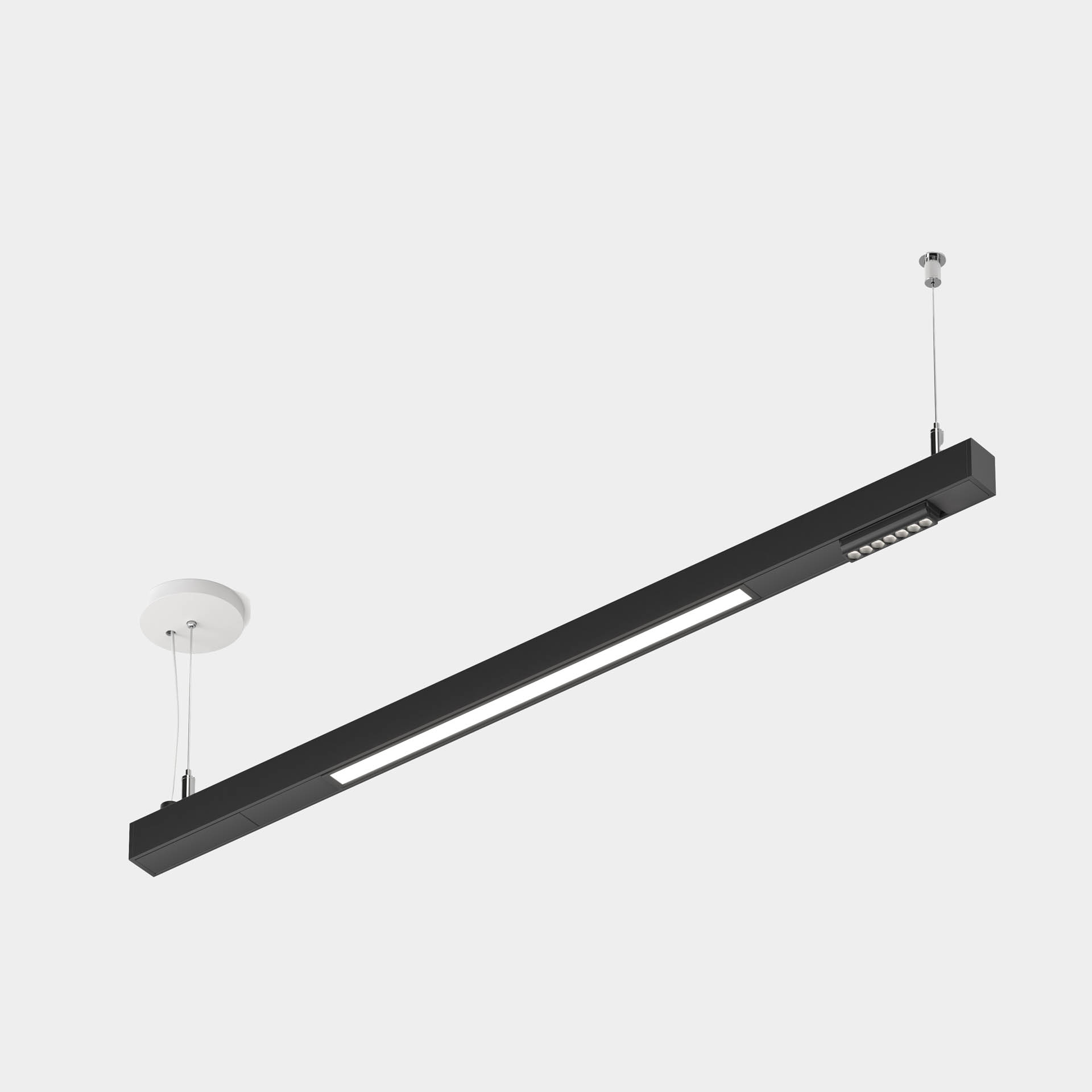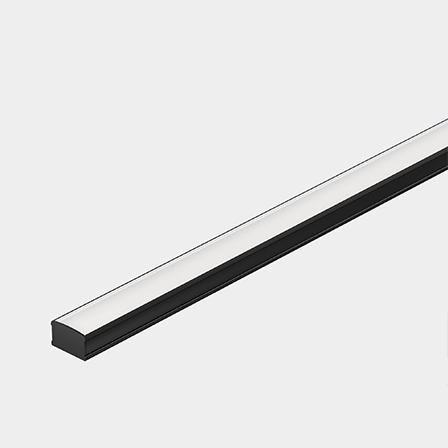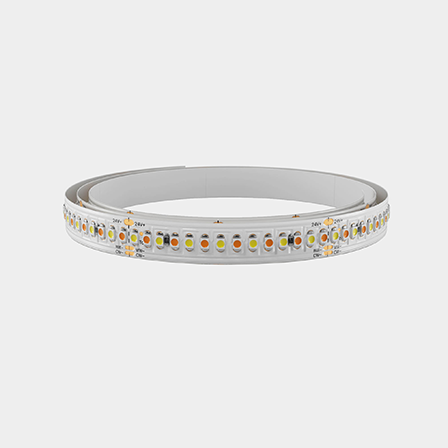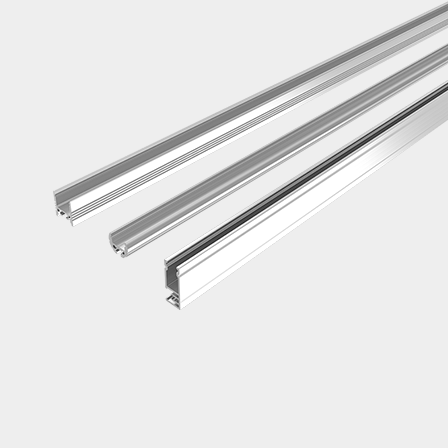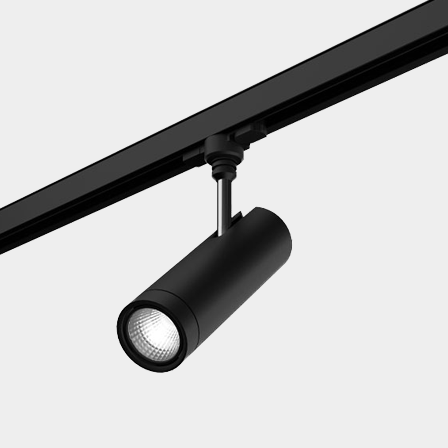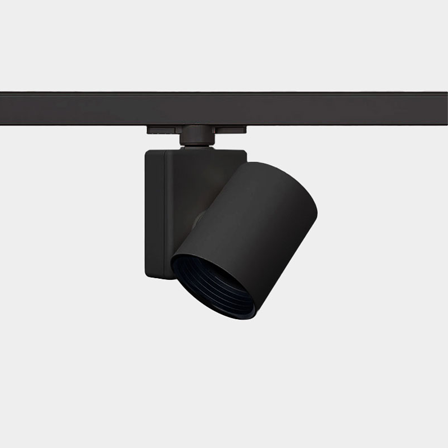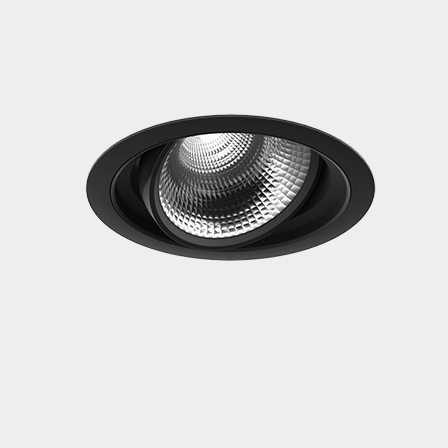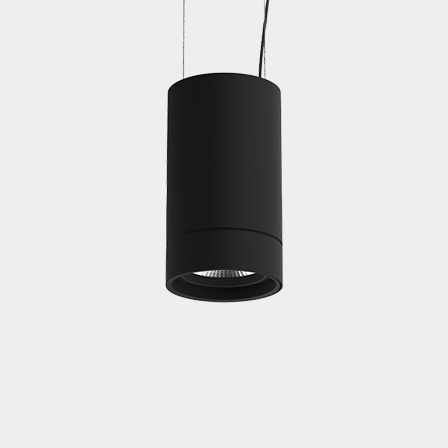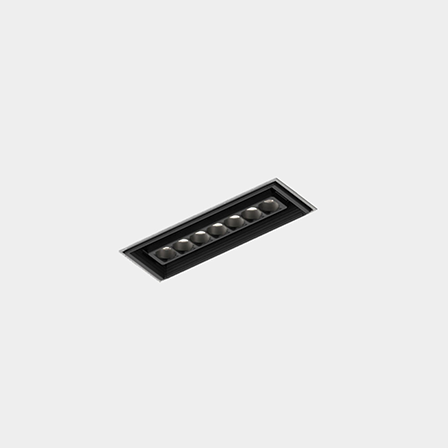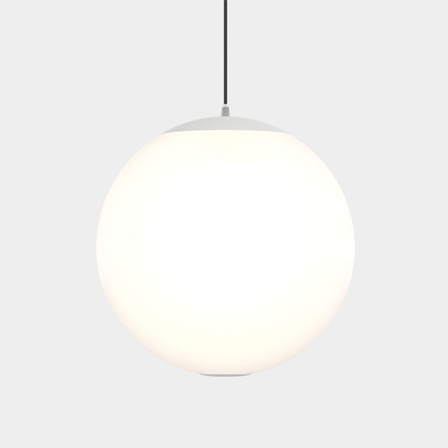iilluminati: Photographer Mike Poggioli
Photographer Mike Poggioli captures the magic of golden hour and its transformative qualities everywhere he goes. Take a look at his Instagram feed, for example, and you’ll experience a range of urban and natural landscapes at sunrise and sunset.
One element remains constant, however, as he photographs glittering skyscrapers or tree-filled mountaintops. Every photo emanates a warm, orange glow conveying light’s power to alter perceptions of time and space.
We had the opportunity to speak with Poggioli and learn more about his renowned photography techniques, subject inspirations and philosophies around natural lighting. Continue reading to discover his unique approach to conveying light’s magical properties in the urban core and beyond.
Your Career
How has your understanding and approach to photography changed since kicking off your career?
I started shooting several years ago when I lived in Chicago, so my approach to photography first focused on street scenes and cityscapes. I became fascinated by harsh light pouring through the urban canyons of Chicago during golden hour. I tried to capture how this light could dynamically illuminate or silhouette subjects in the busy streets—pedestrians and modes of transportation alike.
Another source of unique light in Chicago was the orange hue of the street lights. Especially at dusk and when it rained, the Chicago streets created incredible opportunities for compositions with dark tones contrasted with warm bursts of light. I chased these compositions when I moved to Cincinnati, Ohio, for several years, too.
Last summer, I moved to Asheville, North Carolina. Although moving has brought a switch to shooting natural landscapes, my approach for capturing first and last light hasn’t changed. For example, the Blue Ridge Mountains at sunrise create a combination of fog, warm light and dramatic ridges. While these scenes are quite different from Chicago streets, I still find myself balancing darker tones of the mountain ridges against bursts of orange light caught by the fog.
How is your technique different from others?
I think it’s different in the consistency of composition and color palette. Compositionally, I am drawn to symmetry, leading lines and basic shapes. Color-wise, I am drawn to scenes with warm, glowing light contrasted with deep, dark, bluish tones. These color elements stay consistent across my street, city and nature photographs.
Was there a critical moment in your career that impacted your understanding or approach to photography now?
I would attribute both the social aspect of photography and the moment I started learning to use Adobe Lightroom as critical moments that impacted my approach to photography. I connected with so many talented photographers in the Chicago community who shared a similar appreciation for chasing light. We would shoot together, share our images with one another over Instagram, share tips and tricks and challenge one another along the way.
Shortly after establishing a photography community, I downloaded Adobe Lightroom to more finely edit my images. The ability to isolate certain colors and emphasize others was a game changer. It also gave me another way to reflect on my images and improve on them the next time I went out to shoot.
What advice do you have for burgeoning photographers?
Shoot as much as you can and shoot what you feel. The technical skills (i.e., knowledge of camera settings) will come with experience. The sophistication of your gear can be helpful, but developing your own eye and style is invaluable to making your image uniquely connect with the viewer. Commit to giving yourself the time and space to figure out what your photo “signature” is and always be open to learning and being inspired by others. The learning never stops.
Your Work
Notable to Luminii (whose primary brand color is orange), you incorporate orange hues and warmer color temperatures consistently throughout your photography. Where did this stylistic preference come from, and how does this shape how you both shoot and edit?
As I mentioned above, my incorporation of orange hues and warmer color temperatures has developed from my love of golden light and the “glowing” effect it can create. This has been something I have appreciated since I was a kid; taking walks in the woods watching light pour through the forest canopy, for example.
As a result, I have come to seek other elements that lend a “warm” temperature to my images, such as shooting at sunrise and sunset, and always being aware of additional orange elements such as street lights, taxis and fall foliage.
What draws you to shooting mostly cityscapes?
I have lived in urban settings for most of my life. I grew up 30 minutes outside of New York City and have lived in Chicago and Cincinnati until last year. There are so many intriguing and dynamic elements to city life that are so easily overlooked. It may have also been an intrinsic motivation to find beauty wherever I go.
Which of your photographs tend to prompt the most reactions from viewers?
It really depends. Sometimes, I’ve just gotten lucky by capturing an amazing sunrise or sunset sky. They also tend to be some of the most simple compositions. For example, a couple of my most popular images were of a small boat skirting across the Ohio River with the glow of the sunset behind it, and an iPhone shot of a home in a Cincinnati neighborhood with an orange cloud above at sunset. One common thread I’d say is all of them tend to have a source of light that creates an overall “glowing” effect.
How do you bring colors to life when taking photos?
I try to always be aware of what direction the light is coming from and almost always shoot between golden hours (hour after sunrise, hour before sunset). That way, I can better control the light.
For example, a sunset shot of a cityscape will create a dynamic between a brighter and darker side of the city buildings. Not to mention, the clouds as sunset and sunrise will always catch the range of warm colors: red, orange, yellow, pink and purple. The same goes for shooting in the mountains. For every mountainside that is lit, there is another side that is dark. The contrast between these really help the composition pop.
Light
How would you complete this quote? Light is…
Light is pure, visible and invisible.
What role has light played in the creation and perception of your photographs?
Several years ago, I came across a quote by John Berger, an art critic, novelist and painter: “What makes photography a strange invention is that its primary raw materials are light and time.” I couldn’t agree with him more. My intention with each photograph is to reveal how light or its absence changes perception of the subject. The same street or mountaintop on a gray, foggy day has a completely different feel than when it’s being hit with direct sunlight.
As I mentioned before, I also like to capture the effects of glowing light. This can include a harsh beam of light bouncing into the street off of a glassy facade, a ripple effect of glowing mountain fog or diffused orange light caught in a sunset sky. Mainly, I try to capture the contrast between the bright and warm with the dark and cool elements.
If you have learned one thing about the importance of light in a space — whether in nature, in the city or indoors, what is its primary function?
Without light, there is no color and no contour. Light floods a space to reveal its features—its boundaries, textures and colors. The more I think about it, the more I realize light is inseparable from our perception of space. Like I mentioned earlier, light has the power to alter our perception of a space, and this can evoke a particular mood.
For example, the Chicago skyline illuminated by the pinkish glow of the sunrise evokes a hopeful sentiment, while the same skyline against the last light of dusk can evoke a more ominous feeling. I think if anyone stopped to notice how the quality of light in a space makes them feel, whether in nature, the city or indoors, they would have little trouble doing so.
What is your philosophy about how light and color should intersect in a finished photo?
Light and color must be finely balanced with one another. Too much or too little light and the color either gets bleached out, burnt or just becomes imperceptible. I try to be mindful of how different temperatures and light intensities can create a myriad of color palettes and moods.
In a finished photo, I believe this balance must be finely-tuned by the photographer. The message the photographer wants to convey depends on the raw materials of the space being photographed: light, colors, shapes and textures.
How can photographers employ light to enhance their work?
Photography has been a great practice in mindfulness. I would recommend mindfulness to anyone—especially for photographers. Tune in to the source of light in each photograph. This starts by noting the time of day and direction of the sun. Notice the qualities of the light. Is it harsh, unmitigated by clouds or diffuse? Is it warmer (like Chicago’s street lights) or cooler (indoor fluorescents, cloudy day)?
Experiment by tuning into different qualities and different compositional elements that change with the light. Attend to just the light source itself, then just specific colors, or just shadows, or only reflections. For example, go downtown on a rainy day and notice all of the lights and colors bouncing off of the street. For 5-10 minutes, try to photograph only reflected light streaks from car lights. Likewise, take a walk through a forest during a misty sunrise and notice how the light brings out colors and textures on a specific forest feature, like tree bark, moss, leaves or wildflowers.
Connect with Mike Poggioli
Instagram: @mpthecomebackid





